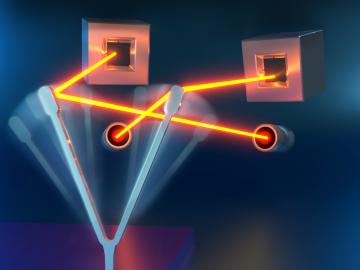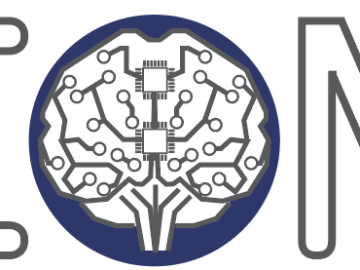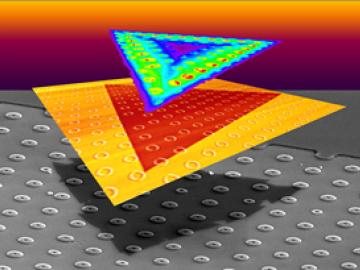
Filter News
Area of Research
- (-) Materials (80)
- (-) National Security (19)
- (-) Supercomputing (93)
- Advanced Manufacturing (2)
- Biology and Environment (58)
- Biology and Soft Matter (1)
- Computational Biology (1)
- Computational Engineering (2)
- Computer Science (9)
- Electricity and Smart Grid (1)
- Energy Frontier Research Centers (1)
- Energy Science (41)
- Functional Materials for Energy (1)
- Fusion and Fission (12)
- Fusion Energy (7)
- Isotopes (1)
- Materials for Computing (10)
- Mathematics (1)
- Neutron Science (29)
- Nuclear Science and Technology (13)
- Nuclear Systems Modeling, Simulation and Validation (1)
- Quantum information Science (9)
News Topics
- (-) Advanced Reactors (6)
- (-) Artificial Intelligence (48)
- (-) Nanotechnology (42)
- (-) Physics (34)
- (-) Quantum Science (34)
- (-) Simulation (16)
- 3-D Printing/Advanced Manufacturing (28)
- Big Data (25)
- Bioenergy (20)
- Biology (17)
- Biomedical (22)
- Biotechnology (3)
- Buildings (8)
- Chemical Sciences (32)
- Clean Water (3)
- Composites (9)
- Computer Science (108)
- Coronavirus (19)
- Critical Materials (15)
- Cybersecurity (23)
- Energy Storage (38)
- Environment (39)
- Exascale Computing (26)
- Frontier (32)
- Fusion (9)
- Grid (15)
- High-Performance Computing (47)
- Irradiation (1)
- Isotopes (14)
- ITER (1)
- Machine Learning (24)
- Materials (80)
- Materials Science (83)
- Mathematics (2)
- Microscopy (29)
- Molten Salt (3)
- National Security (36)
- Neutron Science (43)
- Nuclear Energy (24)
- Partnerships (15)
- Polymers (18)
- Quantum Computing (21)
- Security (15)
- Software (1)
- Space Exploration (5)
- Summit (43)
- Transportation (21)
Media Contacts

Researchers at ORNL and the National Renewable Energy Laboratory took inspiration from flying insects to demonstrate a miniaturized gyroscope, a special sensor used in navigation technologies.

A joint research team from Google Inc., NASA Ames Research Center, and the Department of Energy’s Oak Ridge National Laboratory has demonstrated that a quantum computer can outperform a classical computer

Processes like manufacturing aircraft parts, analyzing data from doctors’ notes and identifying national security threats may seem unrelated, but at the U.S. Department of Energy’s Oak Ridge National Laboratory, artificial intelligence is improving all of these tasks.

Artificial intelligence (AI) techniques have the potential to support medical decision-making, from diagnosing diseases to prescribing treatments. But to prioritize patient safety, researchers and practitioners must first ensure such methods are accurate.

Materials scientists, electrical engineers, computer scientists, and other members of the neuromorphic computing community from industry, academia, and government agencies gathered in downtown Knoxville July 23–25 to talk about what comes next in

IDEMIA Identity & Security USA has licensed an advanced optical array developed at Oak Ridge National Laboratory. The portable technology can be used to help identify individuals in challenging outdoor conditions.

Using additive manufacturing, scientists experimenting with tungsten at Oak Ridge National Laboratory hope to unlock new potential of the high-performance heat-transferring material used to protect components from the plasma inside a fusion reactor. Fusion requires hydrogen isotopes to reach millions of degrees.

A new method developed at Oak Ridge National Laboratory improves the energy efficiency of a desalination process known as solar-thermal evaporation.

Scientists have discovered a way to alter heat transport in thermoelectric materials, a finding that may ultimately improve energy efficiency as the materials

A team led by scientists at the Department of Energy’s Oak Ridge National Laboratory explored how atomically thin two-dimensional (2D) crystals can grow over 3D objects and how the curvature of those objects can stretch and strain the


